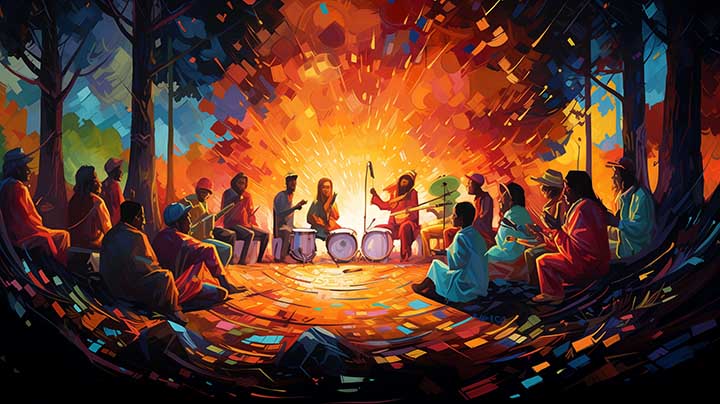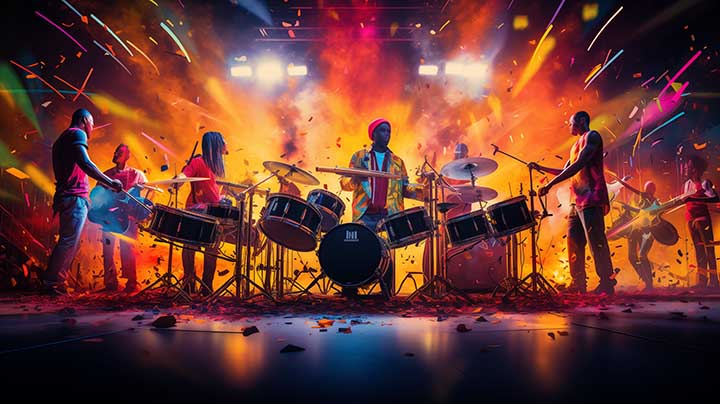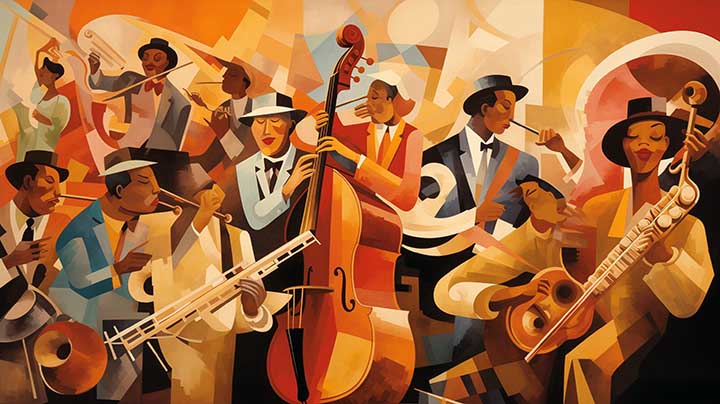Exploring Trends, Genres, and Technology
Introduction
Music is an ever-evolving art form that reflects the cultural, social, and technological advancements of its time. In recent decades, modern music has experienced a rapid transformation, with new genres, innovative production techniques, and advancements in technology shaping the landscape of the industry. This article will delve into the evolution of modern music, exploring the trends, genres, and the impact of technology on the creation, distribution, and consumption of music in the digital age.
The Rise of Pop Music
Pop music has been a dominant force in modern music, with its catchy melodies, relatable lyrics, and widespread appeal. The genre has evolved over time, incorporating elements from various musical styles, such as rock, R&B, and electronic music. The rise of pop idols, celebrity culture, and the influence of social media have contributed to the popularity and global reach of pop music. Artists like Taylor Swift, Ariana Grande, and BTS have become household names, shaping the sound and aesthetics of modern pop music.
The Influence of Hip-Hop and Rap
Hip-hop and rap have emerged as powerful cultural forces, influencing not only music but also fashion, language, and social movements. The genre originated in the African-American communities of the Bronx in the 1970s and has since evolved into a global phenomenon. Artists like Kendrick Lamar, Drake, and Cardi B have pushed the boundaries of hip-hop, incorporating diverse musical elements, storytelling techniques, and addressing social and political issues. The rise of streaming platforms and the internet have played a significant role in the accessibility and popularity of hip-hop and rap music.
The Resurgence of Rock
While pop and hip-hop dominate the charts, rock music has experienced a resurgence in recent years. Artists like The Black Keys, Arctic Monkeys, and Greta Van Fleet have brought a fresh energy to the genre, infusing it with elements of blues, garage rock, and alternative rock. The DIY ethos, live performances, and the authenticity of rock music continue to resonate with audiences, providing a counterbalance to the polished and produced sound of mainstream pop.
The Impact of Electronic Music
Electronic music has revolutionized the way music is created and consumed. The advent of synthesizers, drum machines, and digital production tools has allowed artists to experiment with new sounds, textures, and genres. Electronic dance music (EDM) has become a global phenomenon, with festivals like Tomorrowland and Ultra Music Festival attracting millions of fans. Artists like Daft Punk, Skrillex, and Calvin Harris have pushed the boundaries of electronic music, blurring the lines between genres and creating a fusion of electronic and mainstream pop.
The Role of Technology in Music Production and Distribution
Advancements in technology have had a profound impact on the creation, production, and distribution of modern music. Digital audio workstations (DAWs), virtual instruments, and plugins have democratized music production, allowing artists to create professional-quality recordings from their home studios. Streaming platforms like Spotify and Apple Music have transformed the way music is consumed, providing instant access to a vast catalog of songs. Social media platforms have also played a crucial role in the promotion and discovery of new music, allowing artists to connect directly with their audience.
Conclusion
Modern music is a dynamic and ever-evolving art form that reflects the cultural, social, and technological trends of its time. The rise of pop music, the influence of hip-hop and rap, the resurgence of rock, and the impact of electronic music have shaped the modern music landscape. Advancements in technology have revolutionized music production and distribution, providing artists with new tools and platforms to create and share their music. As technology continues to advance, it will be exciting to see how modern music evolves and adapts to the changing times.





